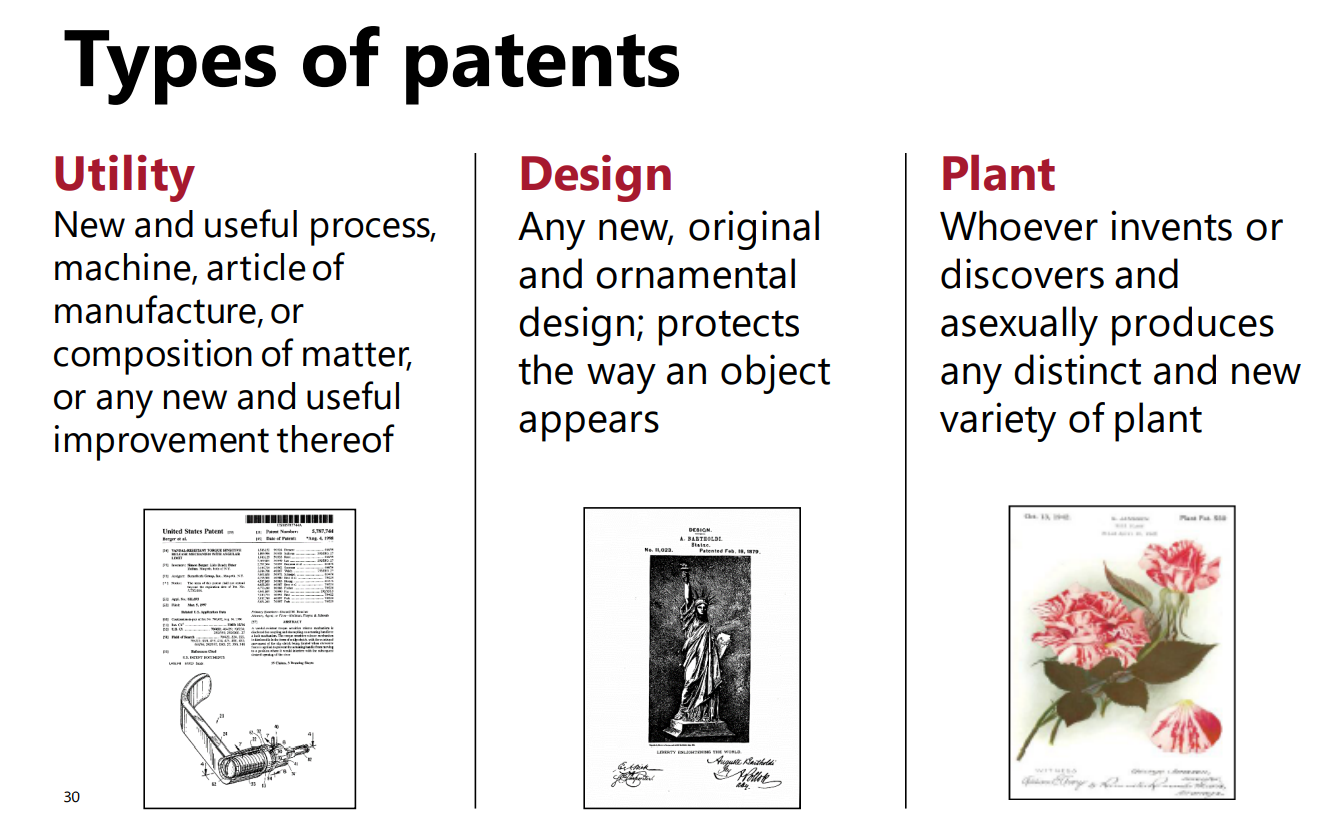Register USPTO Patent
Learn how to successfully navigate the USPTO patent process!
Some of the most innovative and unique inventions in history that people have come to know and love were at one point patented. The 3D printer, for example, was patented from as early as 1986 until 2006. Apple Inc., a multinational technology corporation, issued a patent for the original iPhone in 2007, a device that is universally recognized for its unique and modern design. Patents made this recognition achievable through property rights grants that prevent others from “making, using, offering for sale, importing, or selling” a specific invention in the United States. The United States Patent and Trademark Office (USPTO) manages intellectual property protection specifically patens and trademarks, allowing inventors and businesses to register trademarks and issue patents that will protect their inventions and products. USPTO also retains a database on all trademarks and patents processed with them for identification services. A patent through USPTO awards exclusive rights to the respective patentee, keeping their invention from being reproduced or used for unconsented purposes.
USPTO has a patent application guide for anyone interested in issuing a patent for technical inventions that are new and unprecedented in a particular industry. The first step in applying for a patent is determining whether the invention is patentable. There are three types of patents: utility, design, and plant patents. Utility and design are among the more common patents since they apply to anyone who has created a new utility and process or original design. Plant patents are more specific, designed for individuals who have developed or discovered a new plant variation. Patents must qualify as one of these three categories and should be tangible and clearly defined. Abstract ideas, artistic works, and theories cannot be patented. Below is Exhibit 1, a chart created by the USPTO to help applicants identify their appropriate patent.
After this evaluation, applicants must complete a search to find if a patent for a particular invention already exists. An attorney or agent can help conduct this search; however, USPTO provides supporting materials and a complete database for individuals performing their own.
The next step is to prepare and file an application online through EFS-Web. There is a filing fee to submit a patent application, depending on the type of patent needed. A utility patent application is $320, while plant and design applications are $220. However, there may be additional filing fees that can be found on the USPTO fee schedule. It typically takes around 17 months to receive an initial response and 23 months to complete the entire patent process. If there are issues with an application, applicants will be contacted through an Office Action and asked to respond appropriately within a given period. When an application is rejected twice, applicants can appeal to the Patent and Trial and Appeal Board.
After a satisfactory review, applicants will receive a Notice of Allowance with an issue fee. Patents will be issued within around four weeks, and a grant will be mailed on the patent’s issue date. Part of owning a patent means maintaining it and regularly keeping it up to date. USPTO provides information on changing ownership, making corrections, withdrawing, and monitoring its status. United States patents are valid for 20 years from the date the application was filed before needing renewal. The Patent Cooperation Treaty allows simultaneous patent filing in multiple countries with a single application to apply for international protection,
For more information on patents or the application process, refer to USPTO’s Application Assistance Unit. To explore other intellectual property options, such as trademarks, utilize the USPTO website, which addresses international and IP policies. Additionally, the Legal Resource Center (LRC) provides a detailed overview of the USPTO process to register trademarks.

- A utility patent is a new and useful process, machine, article of manufacture, or composition of matter, or any new and useful improvement thereof.
- A design patent is any new, original and ornamental design; it protects the way an object appears.
- Lastly, whoever invents or discovers and asexually produces any distinct and new variety of plant can register for a plant patent.





